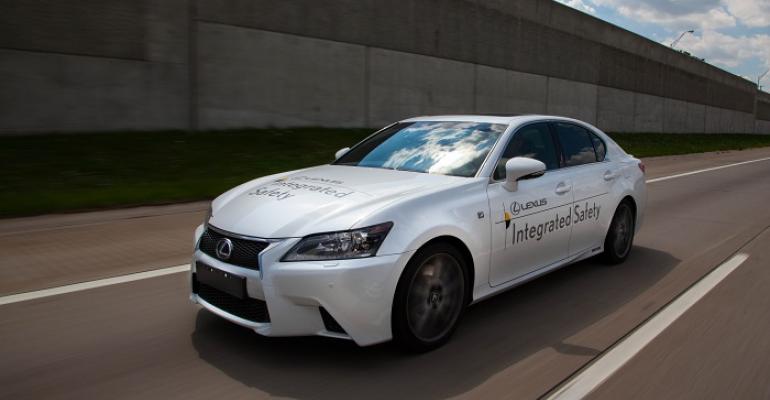Toyota says it will invest $50 million over a 5-year period to establish joint artificial-intelligence research centers at the Massachusetts Institute of Technology and Stanford University.
“We will initially focus on the acceleration of intelligent-vehicle technology, with the immediate goal of helping eliminate traffic casualties,” Toyota’s Kiyotaka Ise, chief officer-R&D group and a senior managing officer, says of the Japanese automaker’s desire to speed autonomous-vehicle development.
Ise says the ultimate goal of the project is to help improve people’s quality of life through enhanced mobility and robotics, especially among the elderly.
Toyota says Gill A. Pratt, a former program manager for the Defense Advanced Research Projects Agency (DARPA), will direct the partnership.
Pratt says partnership research areas will include improving the ability of intelligent-vehicle technology to recognize objects around the vehicle in diverse environments, as well as the safe collaboration between vehicle occupants, other vehicles and pedestrians.
Toyota, MIT and Stanford also will explore applying intelligent-vehicle tech to human-interactive robots and information services.
MIT’s research will be led by Professor Daniela Rus, director-Computer Science and Artificial Intelligence Laboratory, while Stanford Professor Fei-Fei Li, director-Standard Artificial Intelligence Laboratory, will lead the joint Stanford/Toyota center.





